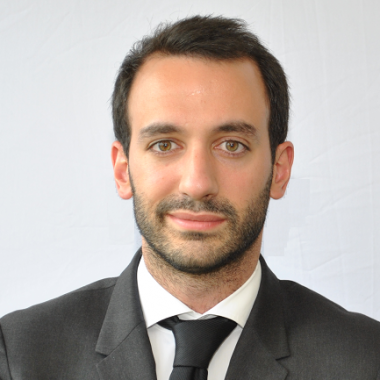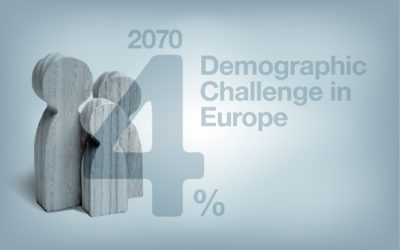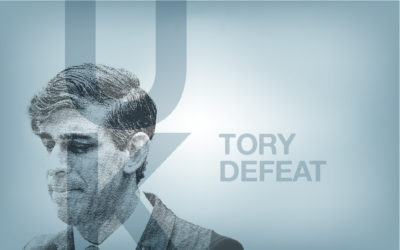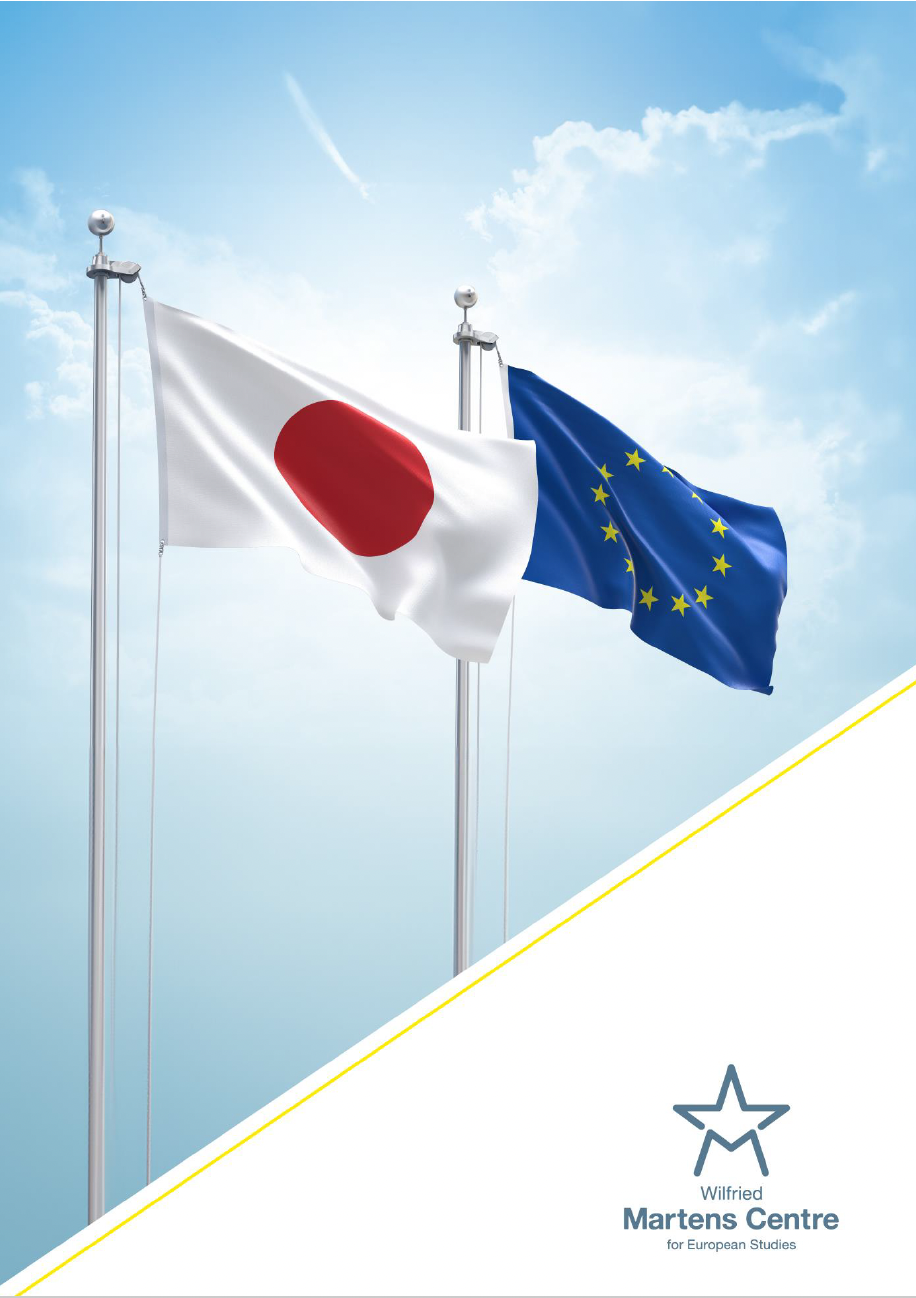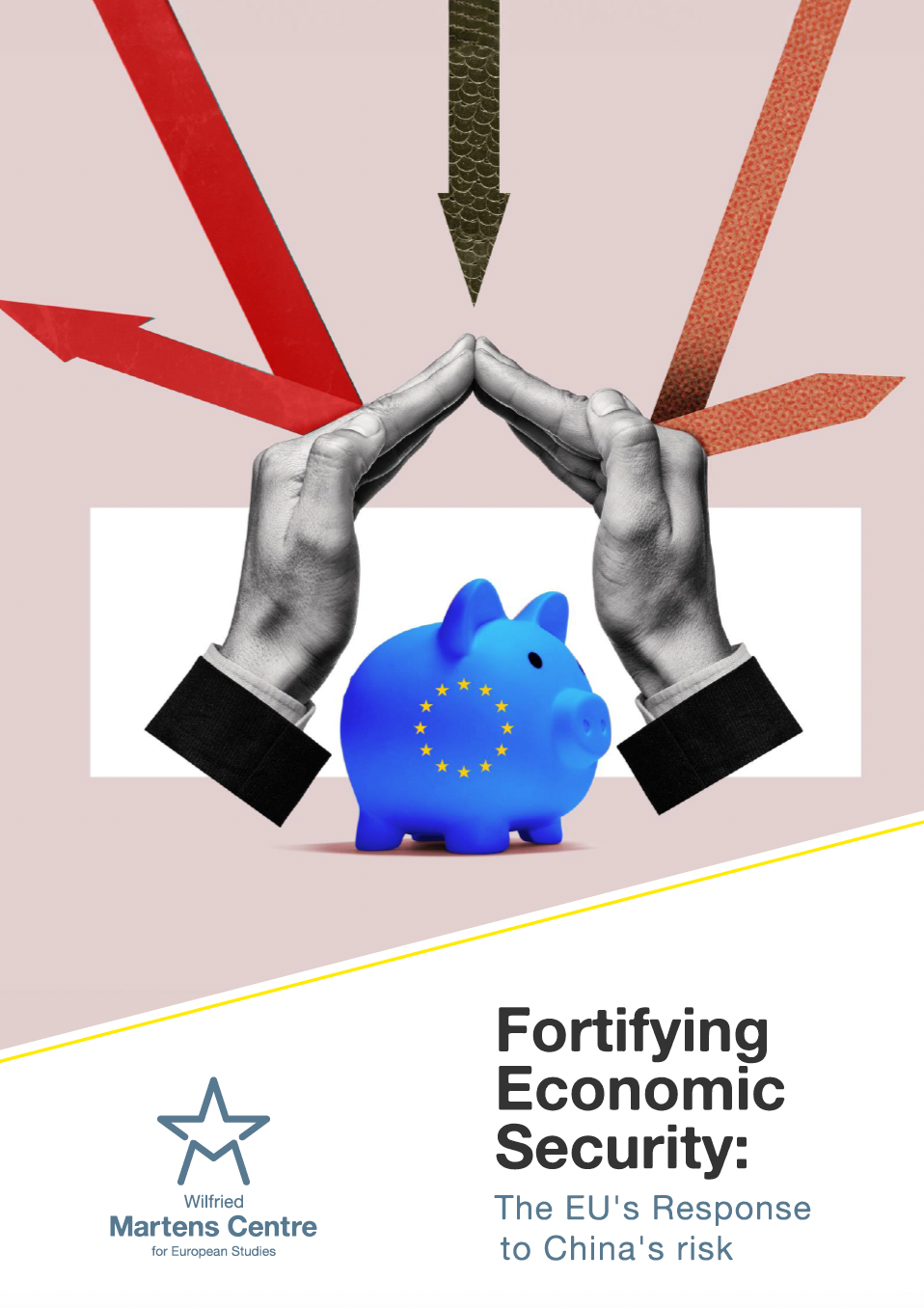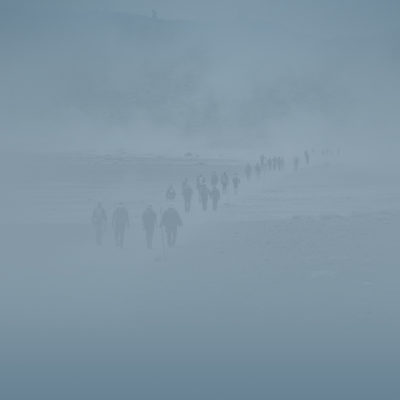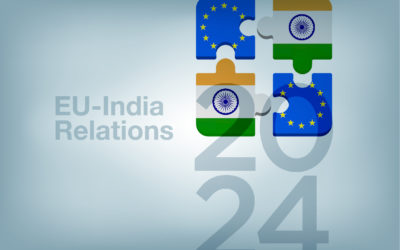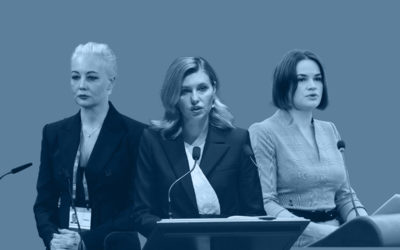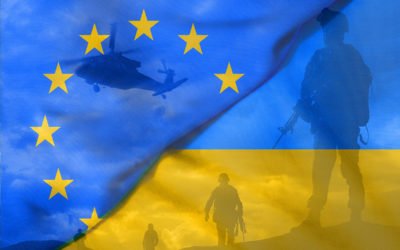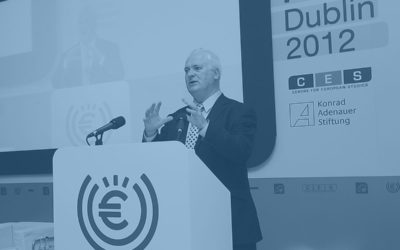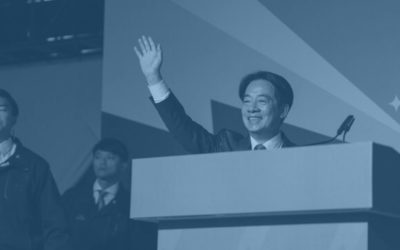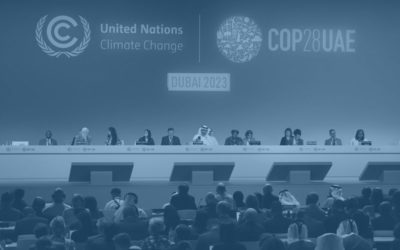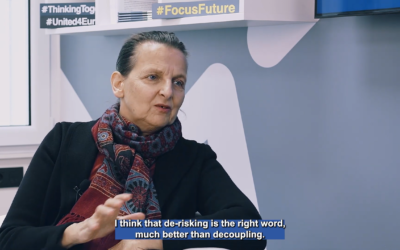Is there an Obama doctrine?
14 December 2015
In a recent interview on the television show 60 Minutes, US President Barack Obama was questioned about the challenge that Russia’s move into Syria represented to his leadership. Obama brushed off the question, saying Russia’s president, Vladimir Putin was acting out of weakness and that the need to prop up President Assad was a sign that the Syrian dictator was losing his grip.
More strikingly, the president added: ‘if you think that running your economy into the ground [referring to the Russian economy] and having to send troops in order to prop up your only ally is leadership, then we’ve got a different definition of leadership. My definition of leadership would be leading on climate change, an international accord that potentially we’ll get in Paris’ (60 Minutes 2015). This sense of priority might have surprised the audience, especially given the context of the ongoing Syrian tragedy.
More than six years into office, observers are still at pains to define Obama’s foreign policy vision, the philosophy guiding his actions on the international stage. Is the president mostly motivated by domestic aims? To what extent can his foreign policy be defined by a doctrine, and how does it fit into American traditions? Despite the hope created by Obama’s election in 2008, European policymakers have often found the US president disengaged, even aloof.
Early decisions such as the ‘reset’ with Russia, the decision to scrap the missile defence sites in Poland and the Czech Republic, or the long and largely unilateral Afghanistan review have fuelled this narrative. Understanding the president’s vision thus matters greatly to Europeans and transatlantic relations, not only as a way to engage Washington in Obama’s last year in office, but to gauge the potential for change and continuity after the end of his second term.
Henry Kissinger, in Diplomacy, describes US foreign policy as oscillating between the traditions of its first two internationalist presidents, Theodore Roosevelt and Woodrow Wilson, between a belief in the need to defend US national interests and balance power politics, and an almost messianic self-proclaimed mission to promote liberal democracy (Kissinger 1994). Where does Obama fit into this? He has alternately been called an ‘idealist’ (French 2014) and a ‘realist’ (Kaplan 2014). Some claim that he himself does not know and that it is more than time to choose (Drezner 2013).
The concentrated and opaque nature of decision-making at the White House makes it difficult to deduce the foreign policy vision of a president from the views of his main cabinet members. While the G.W. Bush administration (especially in the first term) was famous for its turf battles between strong personalities such as Donald Rumsfeld, Condoleeza Rice, Dick Cheney and Colin Powell (Mann 2004), Obama seems firmly in charge of foreign policy, relying on a close-knit group of advisers.
In the case of the conflict in Ukraine, for example, while Defense Secretary Ashton Carter and Secretary of State John Kerry both signalled their support for the delivery of weaponry to Kyiv to sustain the Russian invasion, the president decided against this course of action, firmly set against any risk of escalation with Moscow.
As a recent Politico article noted: ‘Obama’s West Wing inner circle serves as a brick wall against dissenting views. The president’s most senior advisers—including National Security Adviser Susan Rice and White House chief of staff Denis McDonough—reflect the president’s wariness of escalated U.S. action related to Syria or Russia and, officials fear, fail to push Obama to question his own deeply rooted assumptions’ (Crowley 2015). While Samantha Power, the US ambassador to the UN, is known for her work on the prevention of genocide and mass atrocities (encapsulated in her book A Problem from Hell), it is unlikely she has much say over decision-making today.
Read the full FREE article published in the December 2015 issue of the European View, the Martens Centre policy journal.
ENJOYING THIS CONTENT?


